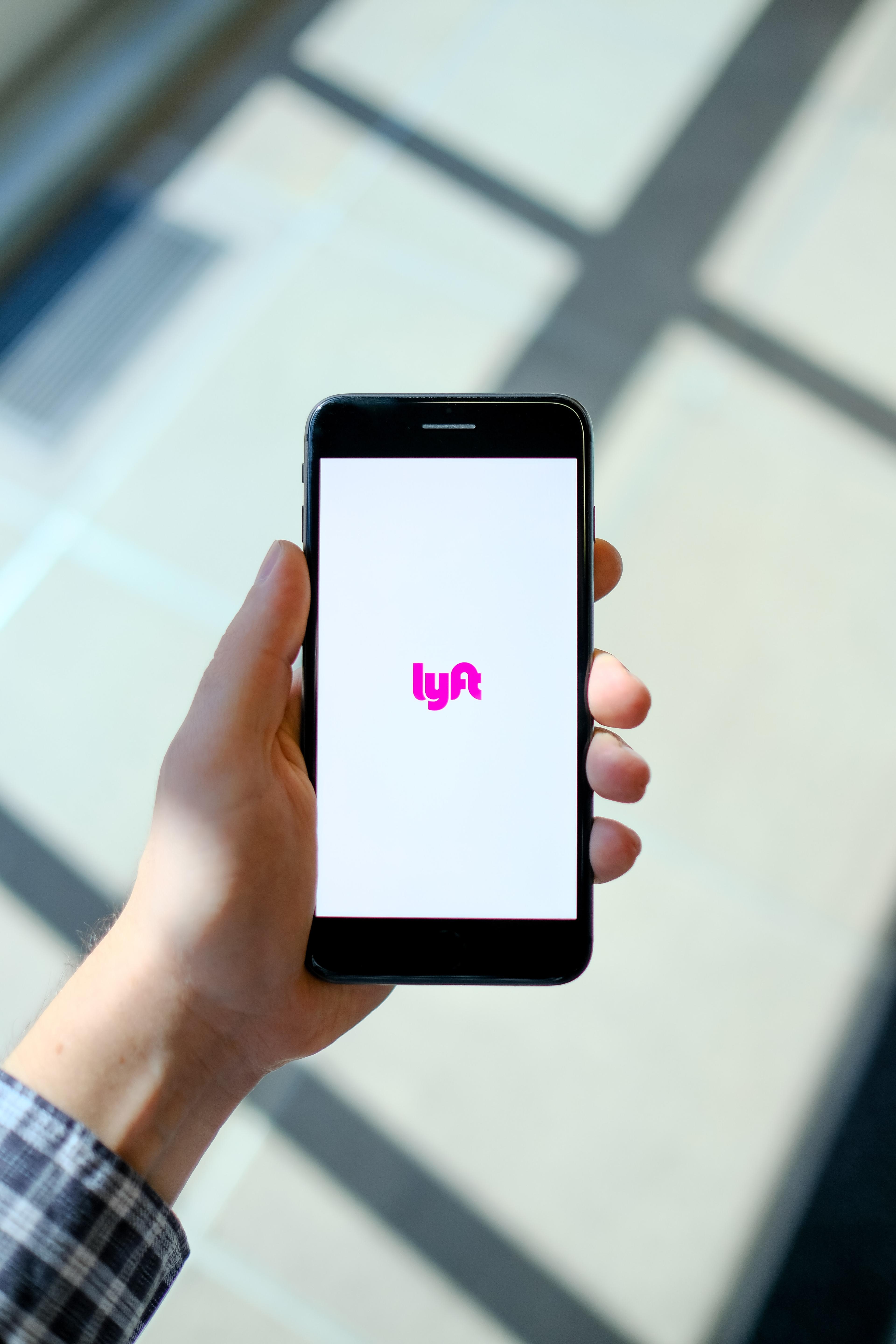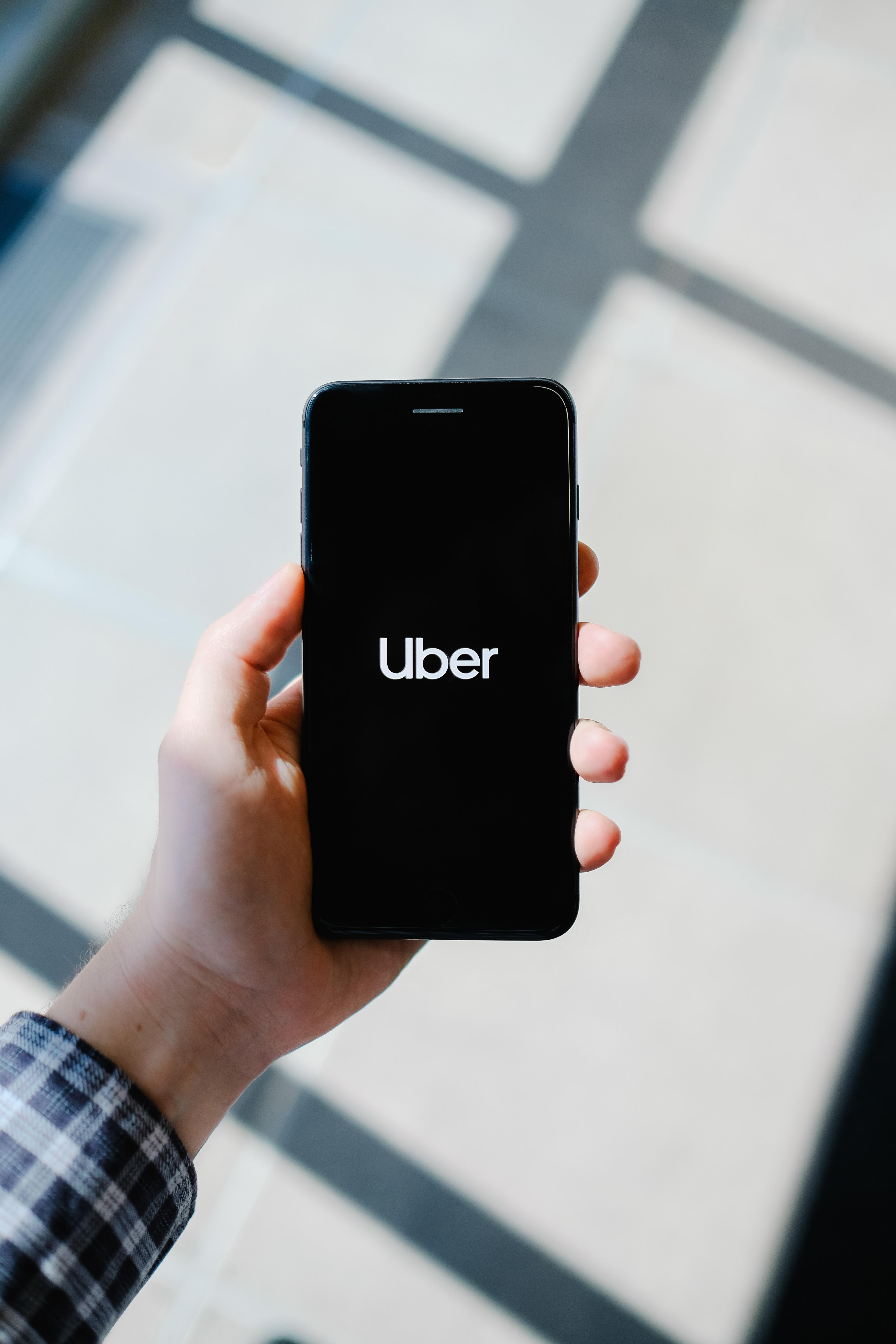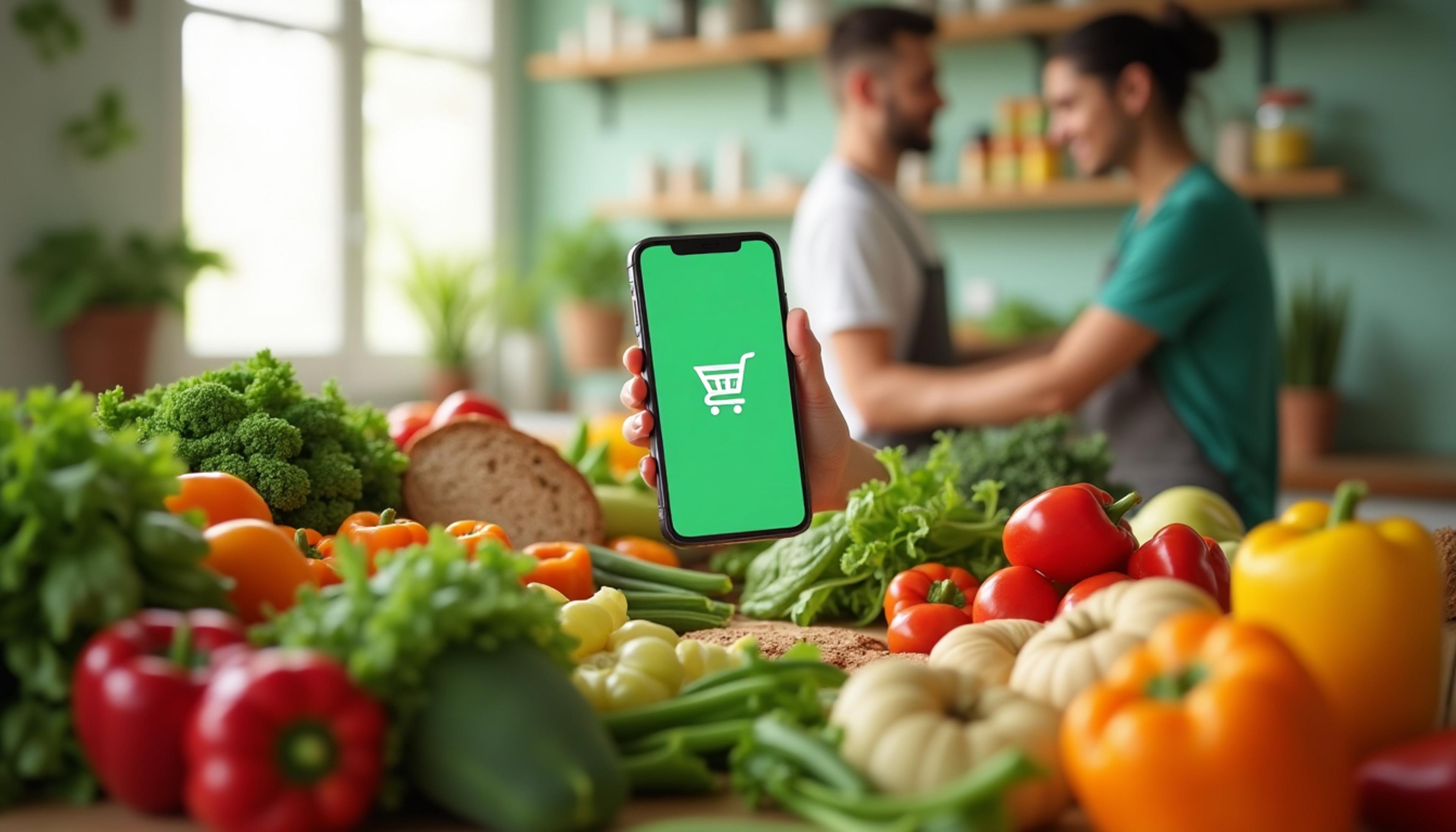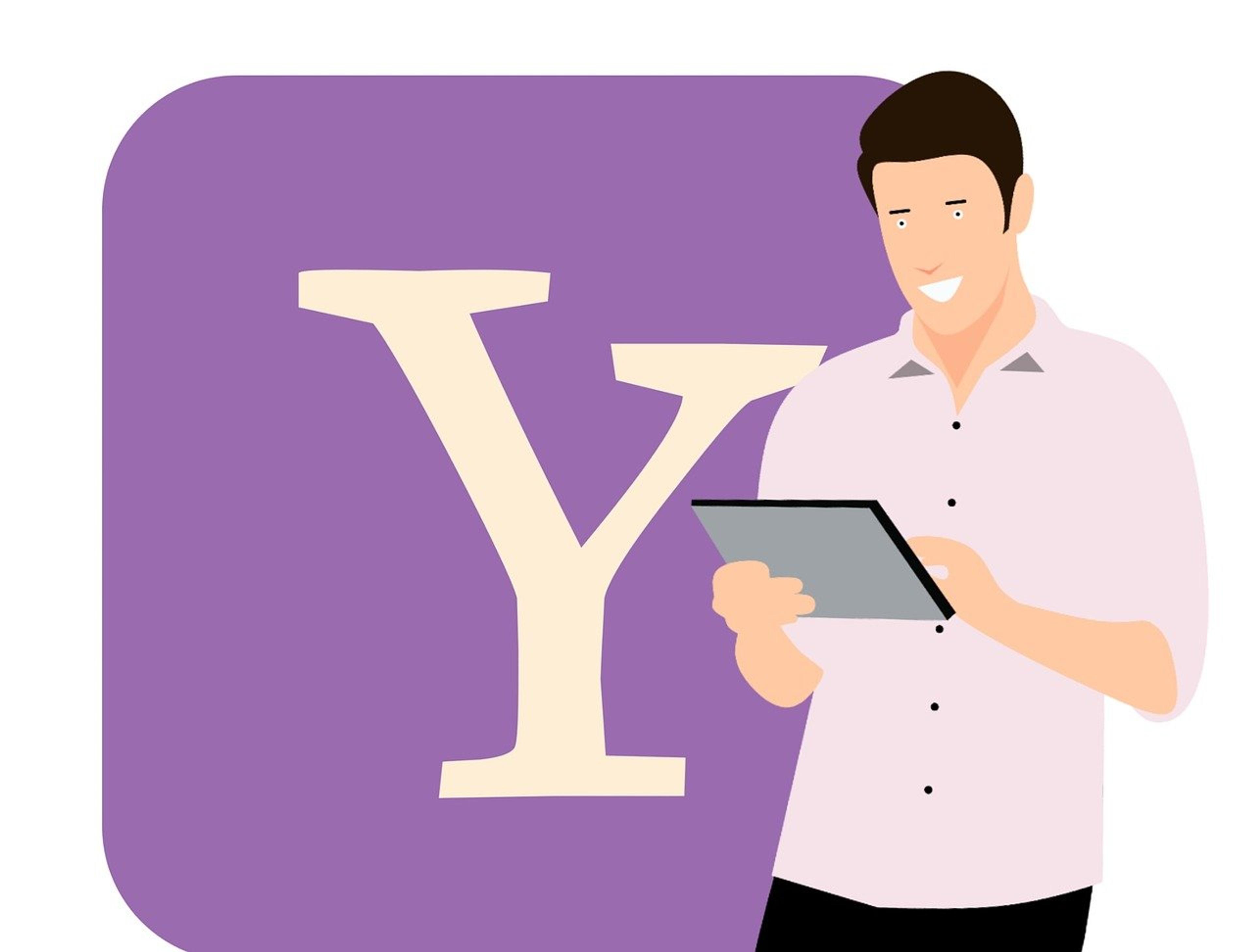How to Get Into the Lyft APM Program (2024)
Read the ultimate guide to the Lyft APM program to get you your dream product management role, including an overview of the application, sample questions, free resources, tips, and coach recommendations.
Posted March 6, 2025

Table of Contents
What is the Lyft APM Program?
The Lyft Associate Product Manager (APM Program) is an 18-month rotational program created to expedite the professional advancement of promising new product managers. During this program, you will learn the core principles of product development and leadership within a team and community that offers substantial support and knowledge. You'll also cultivate enduring and significant connections, engage in impactful projects, and work with individuals toward attaining common objectives.
Lyft APM Program’s Core Values
- Mentorship: You'll be paired with senior Product org leaders for your PM development. Collaborating with PMs and cross-functional heads across Lyft, you'll enhance skills on varied projects. A growth mindset, eagerness to learn, and proactive feedback-seeking are essential for this program.
- Impact: During the program, you'll undertake two rotations. In each rotation, you'll collaborate with distinct product teams to execute projects benefiting both customers and the business, all while embodying purposeful and achievement-focused leadership abilities.
- Connection: You'll join a close-knit community that nurtures mutual support, learning, and growth. The APM program cultivates a robust sense of camaraderie, fostering enduring relationships. An ideal candidate will value the power of teamwork, pursuing ambitious goals through collaborative effort.
An Overview of the Lyft APM Program Application (2023-2024)
The Lyft APM program application is closed for Fall 2023; however, we will be sure to update this page once the application opens (likely sometime later in the Fall, based on previous years) for the next cohort!
Skills Lyft is Looking for
- Lyft's PMs possess a diverse range of abilities encompassing the capacity to actualize a vision, provide cross-functional leadership, and demonstrate proficient technical skills.
- APMs are resilient and inventive; they assimilate knowledge rapidly, foster teamwork, and prioritize generating meaningful effects.
- If you revel in navigating uncertain scenarios and find satisfaction in continuous challenges that push your boundaries, Lyft's APM program will be an environment where you can flourish. To learn more about Lyft’s product org and the life of a Lyft Product Manager, check out some of their latest blog posts, including a post on a day in the life of an APM.
Interviews
- APMs will engage in a standard product manager interview process designed to uncover the core competencies they seek in potential PMs. To learn more about the PM interview at Lyft, check out this blog post.
- At Lyft, product manager interviews will focus on your product sense, comfort with analytics and data, and leadership skills.
FAQs
Q: What kind of candidate does Lyft seek for the APM program?
- A: We actively hire individuals from diverse experiences, industries, and backgrounds who are builders, self-starters, and bar raisers. At a high level, APMs are highly resourceful, have strong analytical skills, possess technical aptitude and proven leadership experience, and can learn quickly. APM candidates should be graduating college in 2023; or be a recent graduate within 2 years of graduation. Candidates with more than 2 years of PM experience, not including PM internships, should apply for general Product Manager roles on our Lyft Careers page.
Q: Do you hire international students?
- A: We do hire and recruit international students, but you must be eligible to obtain work authorization in the United States for U.S.-based roles. Each candidate’s immigration situation is unique and different, and we encourage every applicant to share their situation with their recruiter, who will work with our Immigration team to assess whether you are eligible for this role.
Q: What kind of mentorship will APMs receive as participants in the program?
- A: Mentorship is a central part of the APM program. APMs will be matched with a senior leader at Lyft for the full duration of the program. This person will support their growth and meet with their APM on a regular basis. In addition, APMs will work with a different rotation manager for each rotation. This person will ramp up their APM on the product space, project, and team they are working with, as well as support their day-to-day. Lastly, APMs will have a vast network of buddies and mentors, including our family of past and current APMs, throughout the product org for everything from tips on giving a product review to coffee break companions. Lyft also hosts a variety of unique programs to foster community and learning for our product managers.
Q: What makes the APM Program at Lyft different than other programs?
- A: At Lyft, our early-career employees, including interns and APMs, have the opportunity to make an outsized impact. Because of the program’s small size and rotational format, we have the flexibility to place APMs on the teams that will have the highest impact for Lyft. The nature of our business also lends to large opportunities to develop your product and business sense. You’ll roll up your sleeves and flex your analytics muscles while overseeing and driving the larger end-to-end product cycle.
Q: What happens after an APM completes the program?
- A: By nature of the rotations, APMs will be exposed to many different teams and product areas, allowing them to develop the skills and organizational bearings required to identify a focus area and find a team to join. Upon program completion, Lyft will work with its APMs to find the best fit for them.
Q: What types of teams will an APM get to work on?
- A: APMs will get to work on all types of teams across Lyft’s core lines of business, including but not limited to Rideshare, Transit, Bikes, Scooters, and Fleet.
Q: How many APM classes does Lyft hire per year?
- A: Currently, Lyft only offers one class per year for its APM program. Applications open in the Fall and the class will start the following August.
Application Tips
So, how can you make your Lyft APM application stand out? Here are a few tips for giving yourself the best chance at success.
1. Polish your resume.
The APM program at Lyft is extremely competitive. Most applicants who submit their resumes will not get an interview. The best way to try and get one is to have a great resume. Make your bullet points specific to what you did (that is, not a group), quantify your impact, and avoid filler or vague words.
Verify that every bullet point is relevant to the job you’re applying for and tie them into the role’s responsibilities. Many PMs also choose to include a “Projects” section on their resumes in which they can fill potential gaps, highlight work done outside of a day job, and include any certifications/courses completed.
For more resume advice, read An Expert’s Guide to Resumes: Five Tips to Make You Stand Out.
2. Be ready to answer “Why PM?” and “Why Lyft?”
These are fundamental questions that will impact whether the recruiter sees you as eligible to continue the interview process. While you don’t need to have technical experience, you do need to be able to articulate your interest in technical disciplines. When answering the “Why Lyft?” question, be specific. Don’t just talk about how big Lyft is. What specific teams and/or products are you interested in? Why Lyft compared to other major PM programs?
3. When answering questions about products and product features during interviews, talk about tradeoffs.
Almost every aspect of product management includes discussions of tradeoffs. How will releasing one feature affect others? What should the engineering team prioritize? Bringing up tradeoffs in interviews shows the interviewers that you are thinking logically about the real implications of PM decisions. It will also show that your recommendations can be trusted because you have thought out the pros and cons.
4. Don’t try to analyze every potential aspect of a problem/question. Show that you understand the question through a north-star goal and then define any relevant metrics.
Your time during interviews is limited and it’s important that you’re getting to the point and covering all the bases. When asked a question about a product, explain the overarching goal as well as what metrics you would need to measure to reach that goal. If the interviewer pushes back, explain your assumptions and reasoning.
With that being said, don’t overwhelm the interviewer with every potential metric that could be relevant. Keep it narrowed to the most important ones and include justifications for why you chose them. What will actually drive success? What user behaviors are you looking to encourage?
5. Use a framework and think about the user experience.
Using a framework to structure the problem will show the interviewer that you approach problems methodically and are organized in your thinking. This includes talking about prioritization. If you’re discussing the implementation of a new feature, talk about the pros and cons of different solutions and what would need to be prioritized for each approach to work.
The user experience is the core of product management. Consistently factoring it in, through identifying desired user behavior and target user segments, demonstrates that you recognize the importance of the user in every product decision.
Read: Moving Beyond Frameworks: The Secret to Excelling in Product Management Interviews
50+ Sample Product Management Interview Questions
Lyft-specific Questions
Product Sense
- Can you turn big ambiguous problems into great products?
- Do you have user empathy, UX chops, and the ability to build an MVP?
- How would you assess the current competitive landscape in the ridesharing industry, and what opportunities do you see for Lyft's product innovation within this context?
- Lyft is known for its focus on user experience. Can you identify a recent feature or update from Lyft that showcases this commitment? How would you improve upon it?
- Lyft offers various services like Lyft Pink and Lyft Lux. If you had to prioritize the development of a new service or feature, how would you evaluate which one to focus on and why?
- Lyft frequently adjusts its pricing strategy based on market conditions and demand. How would you approach setting prices for Lyft's services to maximize both company revenue and rider satisfaction?
- Lyft has been expanding into different markets and exploring new service areas like e-scooters and bikes. How would you evaluate the potential of a new market or service expansion for Lyft?
- How would you design a feature or program that enhances driver satisfaction and retention?
- Describe a situation where you had to address a safety-related concern in a product you were working on. How would you apply similar thinking at Lyft?
- Lyft heavily relies on data to make informed product decisions. Can you share an example of how you've used data to drive a product decision and the impact it had?
Execution
- Lyft operates in various markets with unique challenges. How would you approach executing a new feature rollout in a city with distinct regulatory constraints and user preferences?
- Explain the execution steps and considerations for integrating a third-party navigation app into Lyft’s driver app.
- Detail an execution strategy for integrating electric vehicles (EVs) into Lyft’s fleet for reduced carbon emissions.
- Lyft often emphasizes experimentation. Could you share an example of a feature you helped execute that involved rapid iterations based on user feedback and data analysis? What did you learn from this process?
- How would you develop an execution plan to streamline the onboarding process for new Lyft drivers, reducing time-to-earnings?
Leadership & Drive
- Can you deal with ambiguity?
- How have you solved a challenge, whether or not it was technically your problem?
- Can you adjust your leadership style to specific situations and people? Are you able to encourage collaboration and reconcile differences among opposing opinions?
- Do you know what your weaknesses are? Are you willing to learn and grow?
- Are you able to stick to things long-term?
Other Example Questions
- Lyft has a diverse range of services. How would you approach managing products across such a wide portfolio?
- Lyft operates in various global markets with unique regulations and cultural differences. How do you adapt your product strategy to cater to different regions?
- Can you suggest improvements to Lyft’s rider or driver experience based on your understanding of the platform?
- Lyft’s platform involves real-time interactions between riders and drivers. How do you ensure a seamless experience even during times of high demand and surge pricing?
- Lyft has been investing in autonomous vehicles. How would you develop a product roadmap for this emerging technology?
- How do you think Lyft can differentiate itself from its competitors?
- Can you provide examples of how Lyft could leverage partnerships or integrations with other tech companies to enhance its services?
- Lyft’s growth has led to concerns about its environmental impact. How would you address sustainability and environmental considerations in your product strategy?
- Lyft has experimented with different subscription models and loyalty programs. How would you design and iterate on such programs to enhance user engagement and retention?
- Imagine you're in charge of launching a new category of Lyft services. How would you approach defining the minimum viable product (MVP) and iterating on it based on user feedback?
- How do you ensure that you deeply understand the needs, pain points, and preferences of Lyft's drivers and riders?
- Can you provide an example of how you've applied a user-centric mindset in a previous role to drive successful product execution?
- Can you walk us through your experience with product management and how you've contributed to successful product launches?
- What is the most challenging product problem you've faced, and how did you approach solving it?
- How do you prioritize features or improvements when working on a product with limited resources?
- Can you explain the Agile methodology and how you've applied it in your previous roles?
- What metrics do you consider when evaluating the success of a product, and how do you ensure they align with business goals?
- Describe a situation where you had to make a tough decision that balanced user needs and business requirements.
- How do you gather and incorporate customer feedback into your product development process?
- Can you discuss a time when you had to pivot a product strategy due to market changes or unexpected challenges?
- In your opinion, what are the most important traits for success as a PM?
- Choose a target audience that you don’t think is well-served by Lyft. How would you redesign Lyft to better appeal to and serve that user?
- Tell me about a time you made a decision that wasn’t popular. How did you implement it?
- Walk us through a product that you successfully took from ideation to launch. What were the key milestones and decisions you made along the way?
- How do you approach defining the target market and user personas for a new product?
- How do you handle situations where there's a gap between customer expectations and the technical feasibility of a feature?
- Product roadmaps need to balance short-term goals with long-term vision. How do you ensure that your roadmap aligns with both immediate needs and strategic objectives?
- When have you had to convince someone on your team of an idea you had
- When did you last show initiative
- What is your favorite website? Why?
Other Resources to Break Into Product Management
Lyft-specific
- Teresa Liu – Lessons Learned One Remote Year into the Lyft APM Program
- Helen Wu – An Interview Guide to the Lyft APM Program
- Product Buds – Lyft APM Panel
PM Guides:
- Aha! – Product Management Guide
- Udacity – Product Design by Google
- Infinity – Practical Product Management Framework
- Jeff Whitlock – The Beginner’s Guide to Product Management
- Product School – The Ultimate Product Management Guide
- Product Life – The Associate Product Manager Playbook
Other:
- Roadmunk – 10+ Free Customizable Product Roadmap Templates
- UpGrad – How to Crack the PM Interview
Where Can I Start?
Product management is becoming an increasingly competitive industry and the application process can be difficult to go through alone. Here are some of our additional PM resources to help you navigate the job hunt and recruiting journey.
- The 25 Best Entry-Level APM Programs
- Tips from an Expert: How to Prepare for Your Product Management Interview
- 20+ Free Product Management Resources
- Top MBA Programs for Product Management
- How to Get Into the Facebook/Meta RPM Program (2024)
- How to Get Into the Salesforce APM Program (2024)
For personalized advice and guidance, work one-on-one with an expert Leland PM coach. They have experience at top companies and can help with any part of the application, recruiting, and hiring processes. A few of our top recommendations are below, and you can see our full list of world-class PM coaches here.
Final Note
Leland provides you with the content, community, and coaching that you need to build your dream product management job and accomplish other ambitious goals. Sign up today to gain access to additional free resources, community events, small group classes, world-class coaching, and more.

















